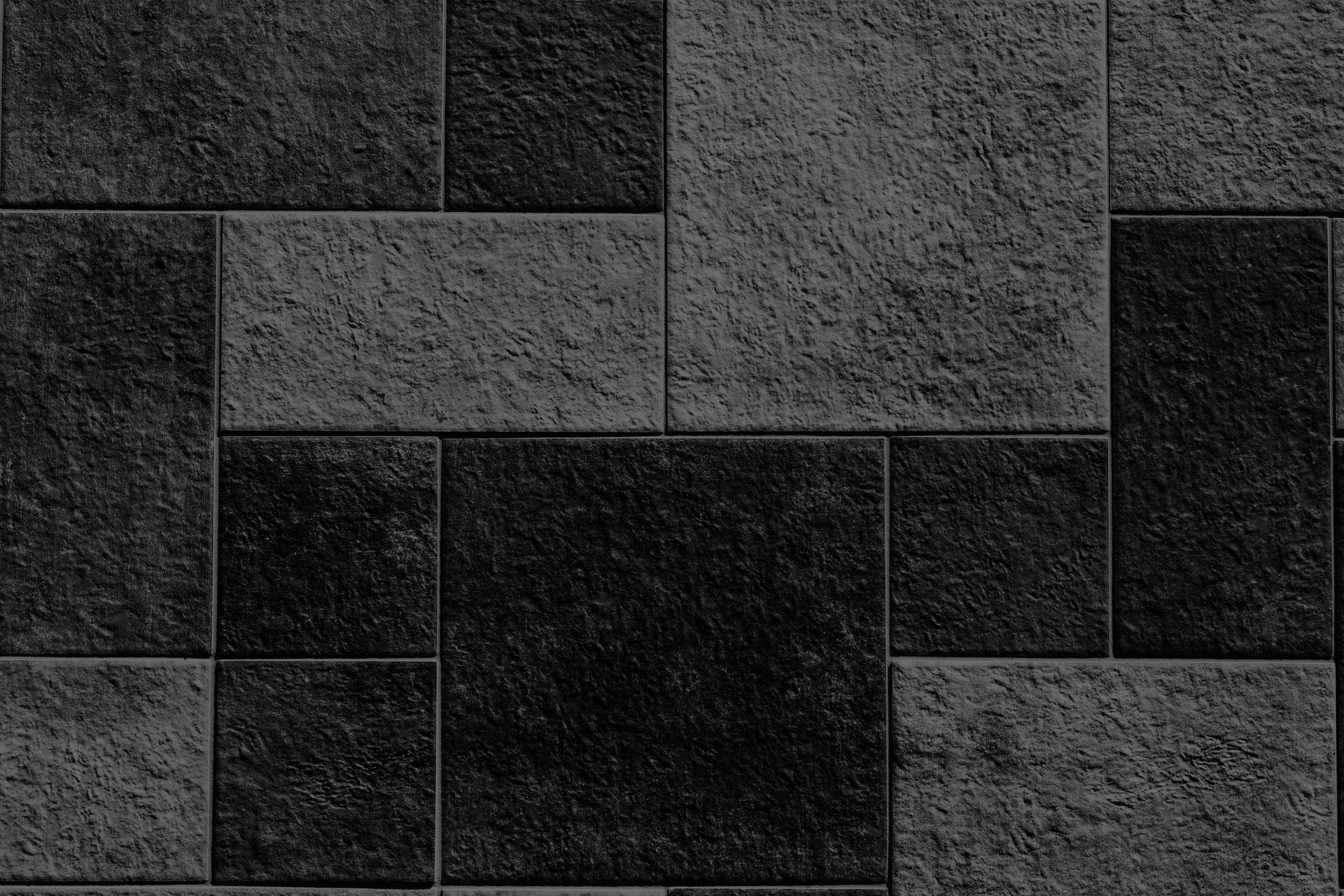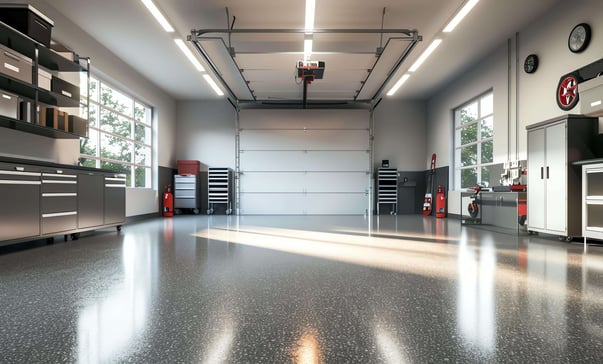REsidential
When it comes to upgrading the flooring in your home, epoxy flooring is becoming an increasingly popular choice for residential spaces. Known for its durability, versatility, and aesthetic appeal, epoxy flooring can transform any room in your house. Whether you’re looking to enhance your garage, basement, kitchen, or living area, epoxy flooring offers a range of benefits that make it an ideal choice for homeowners. In this comprehensive guide, we will explore the advantages of epoxy flooring for residential spaces, the installation process, and tips for maintaining your new floor. By the end, you'll understand why "epoxy flooring residential" is a trending search among homeowners seeking stylish and practical flooring solutions.
Benefits of Epoxy Flooring for Residential Spaces
Durability and Longevity: Epoxy flooring is exceptionally durable and can withstand heavy foot traffic, making it perfect for high-traffic areas in the home. Its resistance to impacts, abrasions, and chemicals ensures that the floor remains in excellent condition for many years.
Aesthetic Appeal: One of the most significant advantages of epoxy flooring is its aesthetic versatility. Available in a wide range of colors, patterns, and finishes, epoxy flooring can be customized to match any interior décor. Whether you prefer a sleek, high-gloss finish or a more subdued matte look, epoxy flooring can deliver.
Easy Maintenance: Epoxy flooring is low maintenance, requiring only regular sweeping and occasional mopping to keep it looking its best. Its non-porous surface resists stains and spills, making it easy to clean and ideal for homes with children and pets.
Moisture and Stain Resistance: Epoxy flooring creates a seamless, waterproof barrier that prevents moisture from seeping into the concrete substrate. This makes it an excellent choice for areas prone to moisture, such as basements and bathrooms. Additionally, its resistance to stains means that spills can be easily wiped away without leaving a mark.
Safety Features: Epoxy flooring can be enhanced with anti-slip additives to improve traction and reduce the risk of slips and falls. This is particularly beneficial in areas like kitchens and bathrooms where water spills are common.
Cost-Effective: While the initial installation cost of epoxy flooring can be higher than other flooring options, its longevity and low maintenance requirements make it a cost-effective choice in the long run. Homeowners save money on repairs, replacements, and cleaning supplies over the years.
The Epoxy Flooring Installation Process
Installing epoxy flooring in your home involves several critical steps to ensure a flawless and long-lasting finish:
Surface Preparation: Proper surface preparation is crucial for the success of epoxy flooring. This involves cleaning the concrete thoroughly to remove any dirt, grease, or existing coatings. Cracks and holes must be repaired to create a smooth, even surface.
Moisture Testing: Before applying epoxy, it’s essential to test the concrete for moisture content. Excessive moisture can prevent the epoxy from adhering properly, leading to issues down the line. If moisture is detected, a vapor barrier may be required.
Primer Application: A primer coat is applied to the prepared surface to enhance adhesion. This layer penetrates the concrete, creating a strong bond between the floor and the epoxy coating.
Mixing and Application: The epoxy resin and hardener are mixed according to the manufacturer’s instructions. The mixture is then applied to the floor using rollers or brushes, ensuring an even, consistent layer. Depending on the desired thickness and finish, multiple coats may be applied.
Curing: After application, the epoxy needs time to cure and harden. This process can take anywhere from 24 to 72 hours, depending on the product and environmental conditions. It’s essential to avoid walking on the floor during this period to prevent any damage.
Finishing Touches: Once cured, optional topcoats or sealers can be applied to enhance the durability and appearance of the epoxy floor. These finishing touches provide additional protection against scratches and UV damage.
Maintenance Tips for Residential Epoxy Flooring
Regular Cleaning: Keep your epoxy floor looking its best with regular cleaning. Sweep or vacuum the surface to remove dirt and debris, and mop with a mild detergent and water solution to tackle spills and stains.
Avoid Harsh Chemicals: While epoxy floors are resistant to many chemicals, it’s best to avoid using harsh cleaners or abrasive pads that can damage the surface. Stick to gentle cleaning solutions and soft cloths or mops.
Protective Measures: Use furniture pads under heavy items to prevent scratches and dents. Place mats or rugs at entryways to catch dirt and moisture before they reach the epoxy floor.
Address Spills Promptly: Although epoxy is highly resistant to stains, it’s a good practice to clean up spills as soon as they occur. This prevents any potential discoloration or damage to the finish.
Regular Inspections: Periodically inspect your epoxy floor for any signs of wear, damage, or lifting. Addressing small issues promptly can prevent more extensive repairs in the future.
Epoxy Flooring Design Options for Residential Spaces
Solid Colors: Simple and classic, solid color epoxy floors offer a clean, uniform look. Popular choices include gray, beige, and blue.
Metallic Finishes: For a more dramatic and luxurious look, metallic epoxy floors feature a shimmering, reflective surface that adds depth and movement to the floor.
Flake Systems: Epoxy flake floors incorporate colored flakes into the epoxy coating, creating a textured, multi-colored finish. This option is excellent for hiding dirt and imperfections.
Custom Designs: Epoxy flooring can be customized with logos, patterns, and other designs to create a unique and personalized look for your home.
Conclusion
Epoxy flooring is an excellent choice for transforming residential spaces into functional, attractive, and low-maintenance areas. Its durability, resistance to stains and moisture, and customizable aesthetics make it a versatile solution for any room in the house. By following proper installation and maintenance practices, you can enjoy the benefits of epoxy flooring for many years, enhancing the value and usability of your home.
Investing in epoxy flooring for your home not only improves the overall look of the space but also provides a long-lasting, practical solution that can withstand the demands of a busy household. Whether you’re looking to upgrade your garage, basement, kitchen, or living area, epoxy flooring will deliver the performance and style you need.
Frequently asked questions
What are the benefits of epoxy flooring for residential use?
Epoxy flooring offers numerous benefits for residential use, including high durability, easy maintenance, moisture and stain resistance, aesthetic versatility, and enhanced safety. These features make it an ideal choice for various areas in the home, such as garages, basements, kitchens, and living rooms.
How long does epoxy flooring last in a residential setting?
Epoxy flooring can last 10 to 20 years or more in a residential setting when properly installed and maintained. The lifespan depends on factors such as the quality of the epoxy, the level of foot traffic, and how well the floor is cared for.
Can epoxy flooring be installed over existing concrete floors in a home?
Yes, epoxy flooring can be installed over existing concrete floors in a home, provided the concrete is in good condition. Proper surface preparation, including cleaning, repairing cracks, and ensuring the concrete is dry, is essential for a successful epoxy application.
Is epoxy flooring safe for residential use?
Epoxy flooring is safe for residential use. It is non-toxic once cured, and its seamless, non-porous surface helps prevent the growth of mold and bacteria. Additionally, epoxy flooring can be made slip-resistant by adding anti-slip additives during installation, enhancing safety in the home.
What is the maintenance routine for residential epoxy flooring?
Maintaining residential epoxy flooring is straightforward. Regularly sweep or vacuum to remove dirt and debris. For deeper cleaning, use a mild detergent and water solution and mop the floor. Avoid using harsh chemicals or abrasive cleaners that could damage the epoxy surface. Promptly clean up spills to prevent stains and inspect the floor periodically for signs of wear or damage.
How much does it cost to install epoxy flooring in a residential home?
The cost of installing epoxy flooring in a residential home can vary widely based on factors such as the size of the area, the complexity of the installation, and the type of epoxy used. On average, homeowners can expect to pay between $3 and $12 per square foot for professional installation. Getting a detailed quote from a reputable installer is recommended to understand the specific costs for your project.

"Our new epoxy garage floor is fantastic! Not only does it look stunning, but the cleanup is a breeze. We couldn’t be happier with the professionalism and quality work provided by the team."
— Samantha L.
"We opted for epoxy flooring for our restaurant, and the results have exceeded our expectations. The floor’s resistance to heavy foot traffic and spills has made our day-to-day operations much smoother. The vibrant finish also really pops and enhances our interior decor."
— Marco D., Restaurant Owner
After installing epoxy flooring in our manufacturing facility, we've noticed a significant improvement in maintenance and cleanliness. The anti-slip surface has enhanced safety for our employees, and the durability is exactly what we need in such a demanding environment."
— Jameson Industrial Solutions




